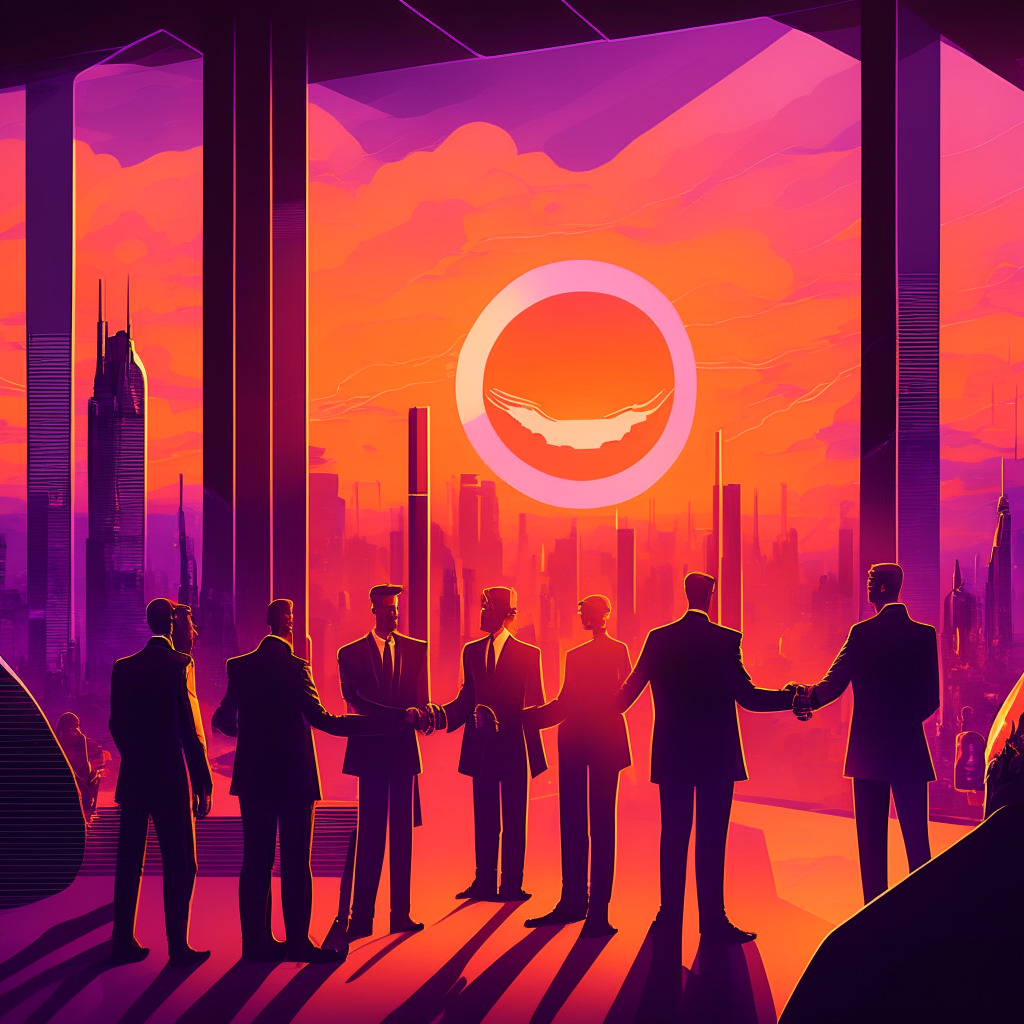Chorus One, a prominent institutional staking provider, has recently launched Red Horizon, a software specifically designed to streamline developers’ interaction with the Urbit server. However, it is important to note that Urbit is not a traditional blockchain but an architectural framework that is blockchain adjacent, according to Gary Lieberman, Urbit lead at Chorus One.
Urbit aims to create a peer-to-peer network of personal servers, where each individual has their own “urbit” or a computer that runs in the cloud. Such a network ensures user privacy and an uninterrupted connection as these computers are always on and sending and receiving messages.
Typically, encrypted messaging platforms pass messages through a cloud server that is usually operated by a centralized entity like AWS. Although running personal servers has its advantages, including censorship resistance, interoperability, and privacy, the process can be quite challenging.
Urbit seeks to simplify this process by making personal servers more accessible. Users can have a web page similar to the iOS homepage and install various apps on their urbit, a personal server located in the cloud. These servers are secure, private, and fully controlled by the users, who can connect directly to another user without depending on a centralized service provider.
Red Horizon aims to remove all necessary technical skills to use Urbit, making it more accessible for non-technical users. With Red Horizon, users can opt to run their personal server in the cloud through Chorus One or download the file and run it themselves. This is a significant step towards simplifying the onboarding and offboarding process to Urbit.
As of now, more than 4,000 personal servers are running on Urbit, although the number of active users might be lower. Nonetheless, the number of servers on Urbit has doubled in the past six months, indicating a strong interest in its mission.
In conclusion, while there may not be powerful products on Urbit currently, its vision is gaining traction, and the community is taking it more seriously. The launch of Red Horizon is expected to further simplify Urbit usage and bring it closer to achieving its goals.
Source: Blockworks




